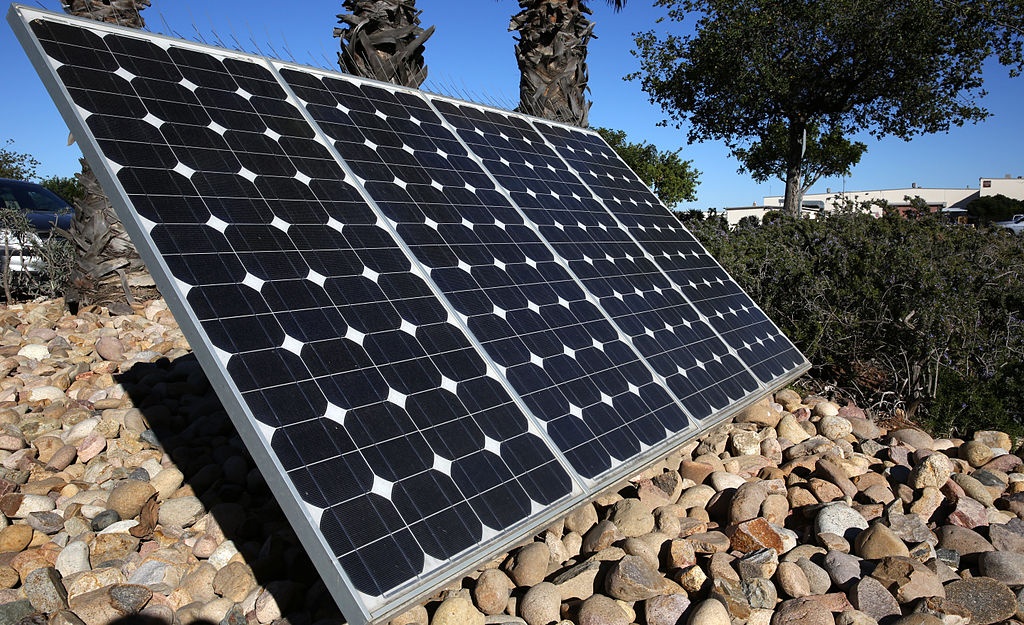
The rapid advancement of solar technology has led to more and more inventive solar solutions popping up. The days of simple rooftop arrays dominating the solar market are no more, with the sector really stepping up its efforts to diversify energy production and bring renewable, sustainable energy to the masses. One such advancement is the solar microgrid.
In our societal quest for renewable, sustainable energy sources, we’re not only seeking to reduce carbon emissions, we’re also seeking to develop energy delivery methods which are utterly dependable. Solar, wind, and the likes are excellent renewable sources, but we need to continue the research and development of the manner in which we deliver the energy. Here, resilience is key.
Microgrids
Basically, a grid is a group of interconnected power sources and power users, linked together and managed by an overarching control mechanism. In very simple terms, a microgrid is, well, the same thing but smaller. These microgrids can be an extension of a larger grid, remaining connected to the “main” grid, or they can stand on their own and operate independently of any larger grid system. Either way, solar microgrids are rapidly growing in popularity, thanks to the variety of ways in which they can be implemented to benefit our society.
Microgrids that stand on their own, detached from a larger grid, are often used in more remote, rural communities, where the bigger grids have yet to reach. Indeed, microgrids have been touted as a potential solution to energy issues in developing nations. Microgrids that are part of larger systems operate like generators in a sense. They stand as part of a larger grid, but can be “detached” from that grid. This means that the microgrid can serve as a backup energy source in the event of a disruption to the bigger grid of which it is a part.
This energy reliability is more important than ever given the exponential growth of technology over the past couple of decades and, vitally, the manner in which this technology is entrenched in our day-to-day lives. However, microgrids really come into their own when this level of dependability is combined with the implementation of a renewable energy source. That is to say, the solar microgrid.
Solar Microgrids
A solar microgrid offers both the autonomy of a traditional microgrid, while also maintaining the environmental and financial rewards associated with solar panel installation. What many US solar customers don’t consider, is that - in most cases - their solar system is still connected to, and thus dependent on, the energy grid. If there’s a power outage, your solar system won’t continue to function, unless you’ve invested in a battery storage system, which can be implemented to serve this backup function. With a microgrid, however, you can be safe in the knowledge that the independence of the microgrid protects you in the event of outages or disruptions.
The solar microgrid is, relatively speaking, a new piece of technology. As a result it’s still finding its feet, in a sense, and developers are working to determine the best practices for its implementation. One thing is certain though, when the resiliency of a microgrid is integrated with a renewable energy source like solar, the kind of sustainable energy practices we collectively aspire to get that little bit closer.
If you’re interested in developing your own solar project, contact YSG Solar today or give the office a call at 212.389.9215.
Follow YSG Solar on Twitter, Instagram + Facebook.
By Shane Croghan
Sources:
https://www.energy.gov/articles/how-microgrids-work
https://microgridknowledge.com/solar-microgrids-are-better/
Featured Image Source: Lance Cpl. Christopher Johns [Public domain], via Wikimedia Commons
